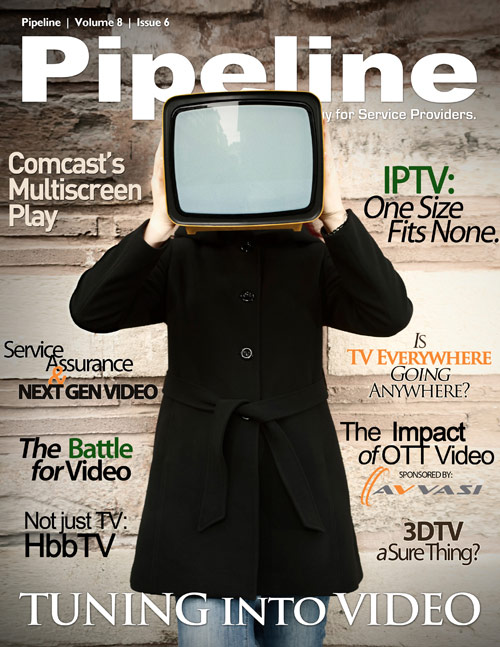Part of the value of OTT services is their device ubiquity. To stay competitive in the video market, carriers have to move quickly to deliver new services to new devices, while being careful not to roll out a service that is only half-baked. As Ira Gorelick from Verizon pointed out, “The worst thing is to bring out a service and not have it work.” This is probably why neither Comcast nor Time Warner offer live or on-demand video content on an Android tablet; with such a wide-degree of hardware variations, these carriers who compete on quality can't (at this point) guarantee a high-quality experience on Android tablets.
Since game consoles are now the most commonly used portal for viewing OTT content, carriers would be wise to explore similar partnerships with Sony, Microsoft, and Nintendo, and leverage their deeper content libraries head-to-head with their OTT competitors. Think about it: a customer could login to their Netflix account to watch last year's season of Dexter, or login to Comcast's Playstation3 App to watch the latest Dexter episode the day after it aired.


Price
| Operator | Representative Monthly Cost |
| Netflix | $4.99 (DVD only) to $29.98 |
| U-Verse | Video (single play) $29 |
| FiOS | 2-play from $69.99, 3-play from $89.99 |
| DISH | $19.99 to $49.99, upcharge for premium and BB Moviepass |
| DirecTV | $29.99 to $83.99 |
| Cablevision | iO TV $29.95 to $103.95 |
| Time Warner | Digital TV + HD $49.99 |
| Comcast | Xfinity TV for $29.99 to $99 for triple play |
| Cox | $57.99 to $64.99 for TV only |
As you can see in fig. 2, finding the magic price point for video content is an evolving science, especially in a world with free, ad-supported options. (As someone remarked at the Real Time Communications Conference last month, YouTube is wildly popular because it has figured out the right price point.)
Video providers compete aggressively on price, and sometimes, in their race to add new subs with attractive introductory pricing, they anger long-time customers. Regardless, most peg the barrier to entry at $29.99 for monthly paid-TV service. Removing OTT from the equation, at the ends of the cost spectrum are most expensive FiOS and least expensive DISH.
For OTT players, price is the main influencer. With a sub-$10 sticker, the barrier to entry for most OTT services is very low, and the since subscription doesn't require a long-term contract or hardware installation, adding new subs is a relatively easy sale. But mess with the subscription price and you face customer exodus. Netflix lost 800,000 subscribers in the third quarter after announcing a change to its pricing structure.
Content
While most video carriers offer a full line of basic and premium channels, differentiation occurs across local programming, channels with VOD content, first-run movies, number of HD channels, and streaming content library size.
There are roughly four areas providers compete on with regard to content: breadth of catalog (how many total channels); depth of catalog (how many On-Demand offerings); exclusive live content (sports, concerts); and niche programming.








